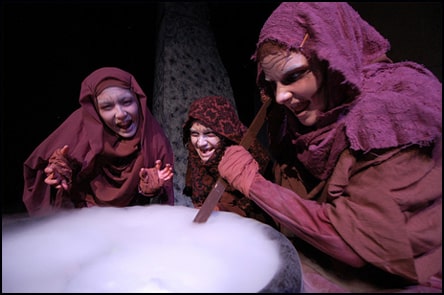
We talked about Coca-Cola’s Vitamin Water sports drink. What’s not to like about it? Everything. The whole sports drink scene in general is no model of professional restraint. Some of those concoctions may as well be brewed in cauldrons by witches.
But let’s get back to plain-old, everyday, familiar, thirst-quenching Coca-Cola and all its brothers and sisters out there in the marketplace. You know, the stuff that is sheer soda pop with not even a shred of a pretension to be healthful. Would you believe, there are still people who don’t understand the problem?
Late in the 1990s, a childhood obesity study done by Children’s Hospital of Boston and the Harvard School of Public Health determined that the average teenager was imbibing the daily equivalent of 15 to 20 teaspoons full of sugar per day in SSBs, or sugar-sweetened beverages. That was one of the first clues, according to a government report.
The unattributed author describes the study’s ground rules:
It examined the relationship between sugar-sweetened drink consumption, BMI, and incidence of obesity. Investigators obtained BMI, skinfold thickness, dietary intake, physical activity, and television viewing data at study outset and again 19 months later. The Youth Food Frequency Questionnaire (YFFQ) measured average drink intake — including sugar-sweetened drinks — as well as dietary fat and total energy intake.
They found out that, even with differences in food intake, screen time, and exercise or lack thereof, the link between obesity and SSBs held steady and consistent. A kid who drinks a can of soda pop every day is provably more likely to get fat, and the kid who swigs down two SSBs a day is 60% more likely to get fat than the kid who only drinks one.
Kim Lamb Gregory wrote of another scientific research project,
‘Bubbling Over: Soda Consumption and Its Link to Obesity in California’ was conducted in 2005 by the UCLA Center for Health Policy Research and the California Center for Public Health Advocacy. It involved 4,000 adolescents and 43,000 adults.
That’s 47,000 people. How large of a study does it take to convince an unbeliever? Extrapolating from that gigantic sample, they figured that 10.7 million Californians were drinking at least one SSB every day. Also, 41% of the children and 62% of the teenagers were drinking at least one per day, and they were able to prove the connection with epidemic-scale weight gain.
Gregory interviewed Dr. Susan Babey, who was very excited about this link between obesity and soda pop. For those who ask, “What’s the problem?” Gregory spells it out:
The specific problem with soda and sugary drinks, Babey said, is that Californians are drinking soda like water, and soda has no significant nutritional value.
Of course, the American Beverage Association spokesperson said the study might have shown a link between soda pop and obesity, but there was no proof of a cause-and-effect relationship. And SSBs were being unfairly demonized, and yada, yada, yada. Gregory also spoke with pediatrician Heather Nichols, who warned of the danger of a body developing leptin resistance, and contributed a splendidly quotable line:
I think kids should never be drinking soda. Soda is really rotten for us.
Your responses and feedback are welcome!
Source: “Study Links Soft Drink Consumption to Childhood Obesity,” win.niddk.nih.gov/, 2001
Source: “UCLA study directly links soda with obesity,” VCStar.com, 09/17/09
Image by Arbron (Jeff Hitchcock), used under its Creative Commons license.

 FAQs and Media Requests:
FAQs and Media Requests: 












One Response
Fast food, candies and soda are the biggest enemy of mankind today. Its our fault that our kids are in this state. Being busy with our work and everyday problems have limited us from having access in our home kitchen which is the best place to make a healthy meal for us and for our kids and have full control over what they consume in their everyday life. Coronary diseases, diabetes, kidney diseases, poisoning…everything is related with the quality of our food.